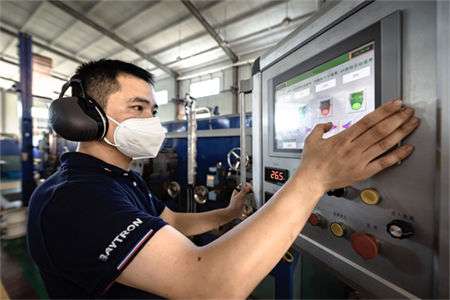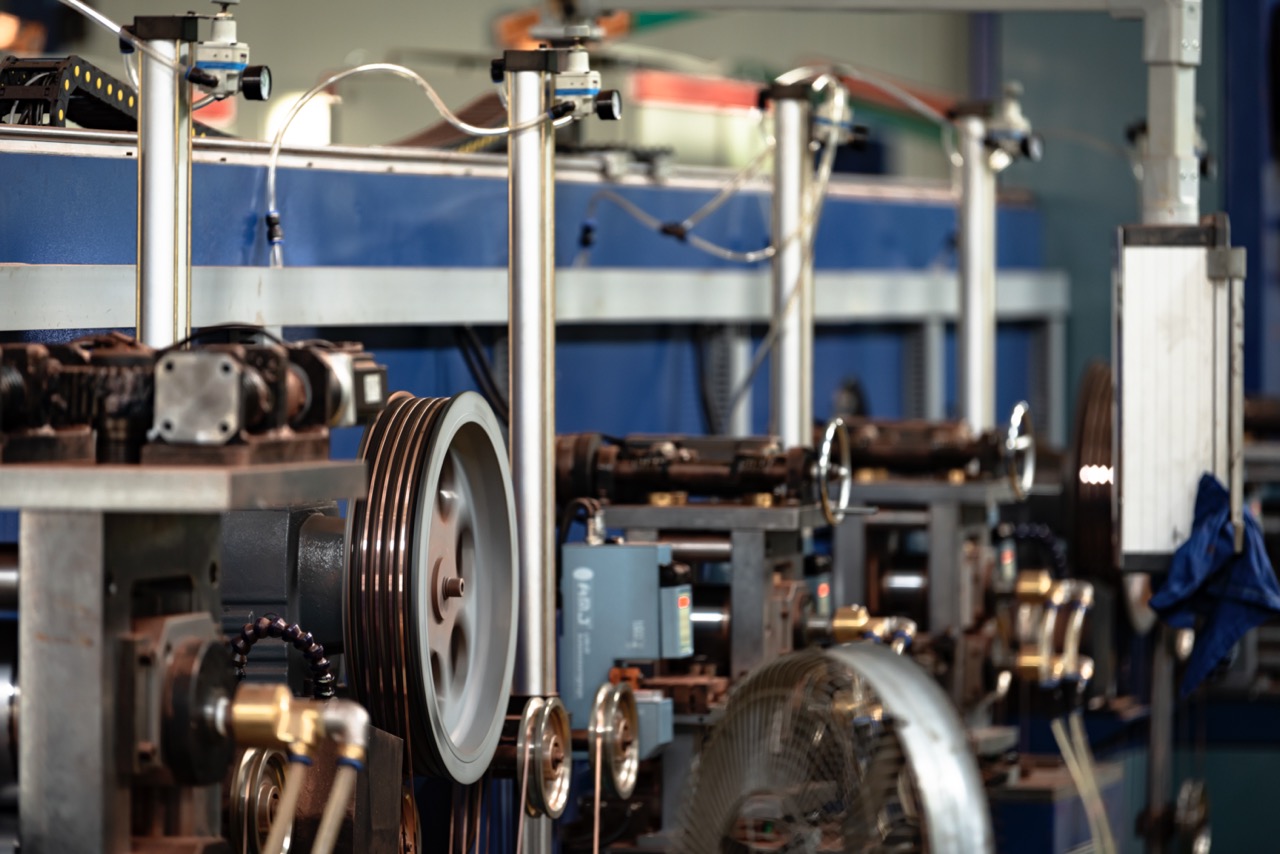When producing copper strips for copper strip machines, it is crucial to grasp the performance requirements. This not only affects the quality of the copper strips, but is also directly related to their performance in various applications. The following are some key performance requirements and how to grasp them:
1. Material composition control
Copper purity: Ensure the use of high-purity copper (such as C11000, etc.) to provide excellent conductivity and ductility. The alloy composition should meet industry standards to prevent impurities from affecting material properties.
Alloy Ratio: For alloy materials such as brass, the ratio of copper to zinc needs to be carefully controlled to obtain the desired mechanical properties (such as tensile strength and ductility).
2. Physical properties
Tensile strength: The tensile strength of the copper strip should meet specific standards to ensure that it can withstand the corresponding tensile force in the application. It is usually tested by tensile testing.
Elongation: The elongation test can evaluate the deformation ability of the copper strip under stress and ensure that the material is not easy to break during processing and use.
3. Surface quality
Finish and Flatness: The surface of the copper strip should be smooth without scratches, dents or oxides. High-precision rolling equipment and surface treatment processes are used to achieve the required surface quality standards.
Corrosion Resistance: Surface treatments (e.g., tin plating, nickel plating) can enhance the corrosion resistance of copper strip, especially in electrically and environmentally sensitive applications.
4. Dimensional stability
Thickness and width control: The thickness and width of the copper strip must be strictly controlled according to customer requirements. Use precision measuring tools and online monitoring systems to ensure the dimensional stability of the product during the production process.
Tolerance control: Set a reasonable tolerance range to ensure that the size of the copper strip is accurate after cutting and forming to meet the needs of subsequent assembly.

5. Mechanical properties
Hardness: According to the application requirements, the hardness of the copper strip needs to be within a certain range to ensure its stability and wear resistance during use. Hardness testing can be done using methods such as Vickers hardness or Brinell hardness.
Fatigue strength: In some specific applications, copper strips need to have good fatigue strength to prevent cracks or breakage during repeated use.
6. Electrical conductivity
Conductivity testing: Ensures that the electrical conductivity of the copper strip meets standards (such as the International Electrotechnical Commission (IEC) standards) to ensure its good performance in electrical applications.
Testing equipment: Use high-precision conductivity testing instruments to regularly test the conductivity of the product to ensure that it always meets the technical requirements.
7. Production process control
Rolling process: Advanced rolling technology is used to ensure uniform temperature and pressure during the rolling process to prevent excessive deformation or cracking of the material.
Annealing process: Through appropriate annealing treatment, internal stress can be eliminated, the ductility and toughness of the material can be improved, so as to improve its subsequent processing performance.
8. Quality inspection and feedback
Full-process quality monitoring: quality inspection points are set up in every production link to ensure that each stage from raw materials to finished products meets performance requirements.
Customer feedback mechanism: Establish feedback channels with customers to timely understand the performance of products in actual applications and adjust production processes to continuously improve product performance.
9. Standards and Regulatory Compliance
Compliance with industry standards: Ensure that the performance and safety of the copper strips comply with relevant national and international standards (such as UL, JIS, etc.) to enhance the market competitiveness of the products.
Participate in standard setting: By participating in the formulation and revision of industry standards, we promote the improvement of copper strip performance requirements and maintain our leading position in the industry.
Summarize
Only by fully grasping the performance requirements of the copper belt machine copper belt and strictly controlling the material composition, physical properties, surface quality and production process can we ensure the high quality and stability of the products.RaytronAs an industry leader, with advanced technology and strict quality management system, we can ensure that every batch of copper strips meets or even exceeds customer expectations.
